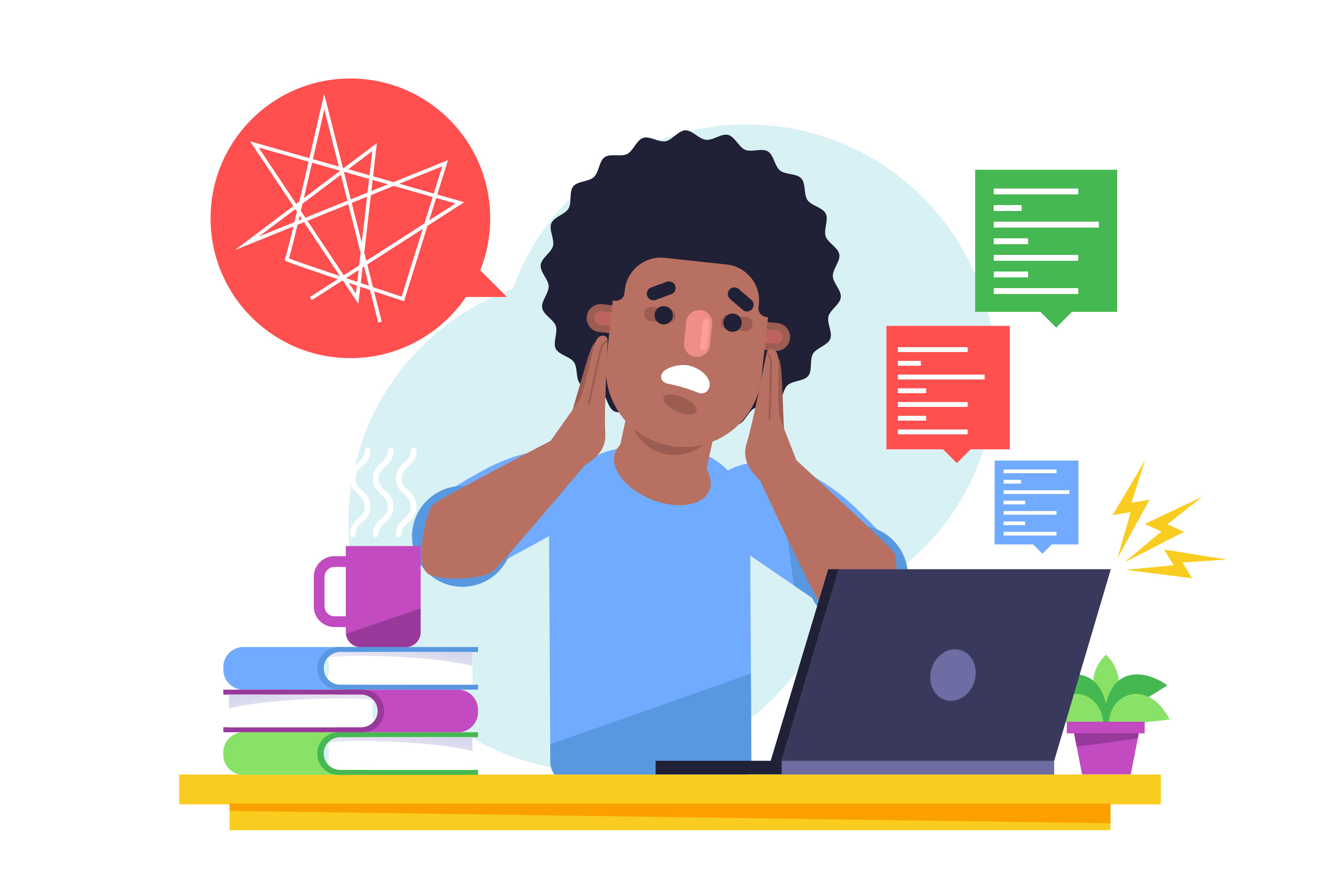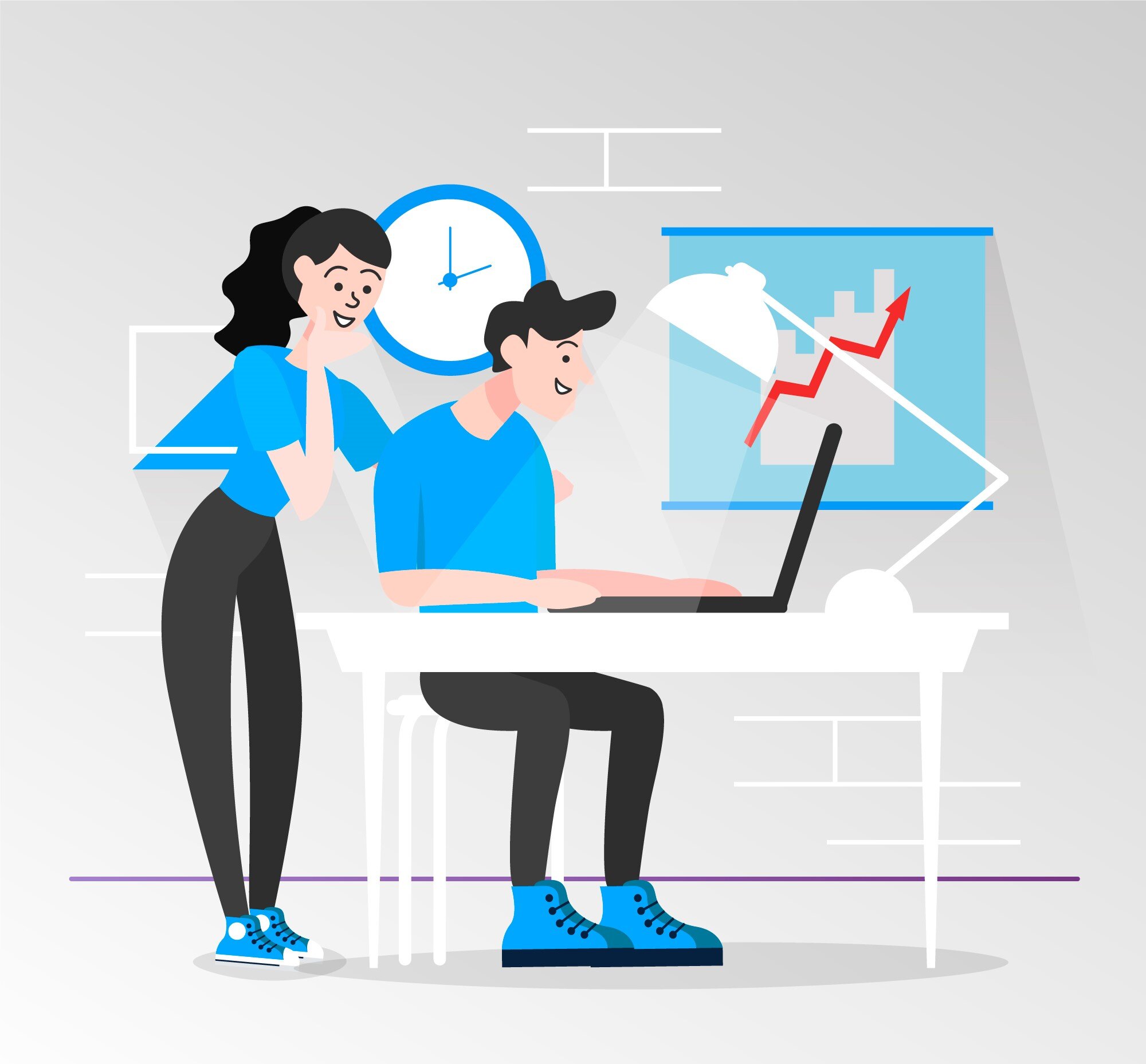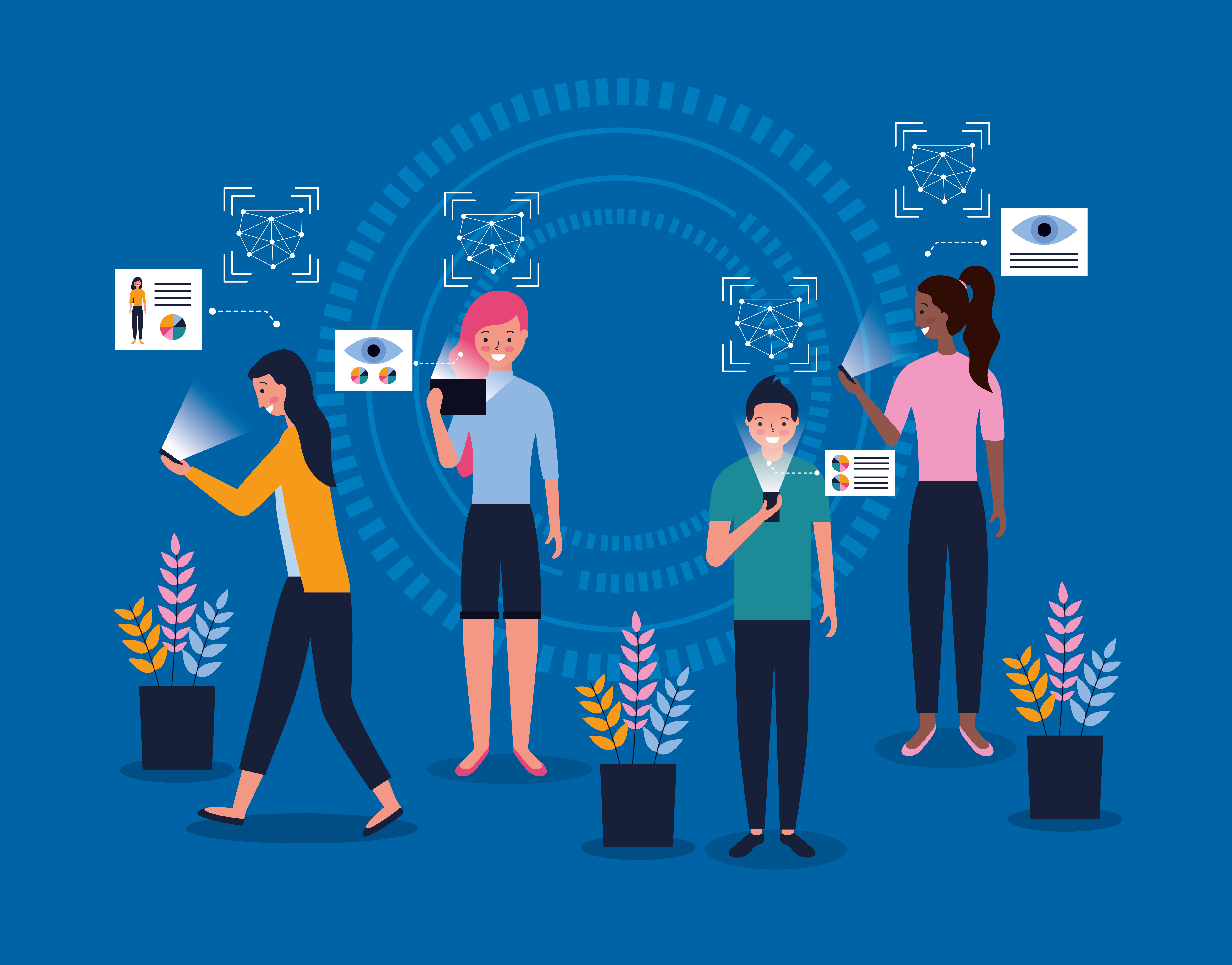The key role of Learning and Development (L&D) in employee growth and business success is not a hidden fact. However, L&D professionals now find themselves balancing between the demands of business growth, employee satisfaction, and the ever-changing technological landscape. This delicate act requires a keen understanding of the unique challenges faced by corporate environments.
Today, despite its importance, many L&D initiatives fall short of expectations. Let’s break this down and decipher why.
The Flaws of a Rigid Approach
Traditional L&D programs often follow a rigid, school-like model, with structured courses and fixed timelines. While this approach may work in academic settings, it struggles to engage employees who are accustomed to the flexibility and immediacy of on-demand learning. In a world where information is just a click away , whether on YouTube, podcasts, or other digital platforms, corporate learners expect a similar experience in their professional development.
However, the reality within many companies is quite different. L&D success is frequently measured by the number of courses completed rather than their effectiveness in meeting learner needs. This leads to a box-ticking culture, where the focus is on quantity over quality, leaving employees disengaged and uninspired.
The Expectation Gap
This misalignment is further compounded by the expectations of the C-suite. Executives often prioritize the visibility of L&D efforts such as the sheer volume of courses offered over the actual impact these programs have on employees. As a result, the true purpose of L&D to foster meaningful learning and development is overshadowed by a numbers game.
Adapting to Modern Learning Preferences
To bridge this gap, L&D teams must evolve their strategies to align with modern learner preferences. This includes embracing social learning, where employees can learn from one another through communities of practice. It also involves shifting away from formal, structured courses and toward flexible, self-directed learning experiences that empower employees to take control of their development.
Moreover, there’s a need to rethink how success is measured in L&D. Traditional metrics like course completion rates need to be supplemented with more meaningful indicators, such as improvements in confidence, capability, and real-world application.
The Role of Engagement
Beyond simply offering learning opportunities, there’s a crucial need for an engagement plan. Without sustained engagement, even the most well-designed L&D programs can falter. An effective engagement strategy should extend beyond the initial launch of a learning solution, embedding it into the daily routines of employees and reinforcing its relevance over time.
Organisations that succeed in L&D are those that not only offer learning resources but also continuously communicate their benefits. This requires a long-term commitment, akin to a marketing strategy that keeps the message consistent and top of mind for the audience.
To overcome the shortcomings of traditional L&D approaches, companies must adapt to the evolving needs of learners. This means moving away from rigid structures and embracing flexibility, personalization, and sustained engagement. By doing so, L&D can become a powerful tool for driving employee growth and, ultimately, business success.
Leverage Technology
- Utilise learning management systems (LMS) to manage training materials, track progress, and provide analytics to know how is the learner's progress and where it is lacking.
- Explore and engage with microlearning platforms that enable bite-sized content to cater to learners' attention spans and busy schedules. Check out these strategies on how to enable microlearning in your organisation.
Foster a Culture of Continuous Learning
- Encourage self-directed learning for employees. This can be implemented by providing resources and opportunities for employees to take ownership of their professional development.
- Promote knowledge sharing between and across teams. Create platforms for employees to share their expertise and learn from each other.
- Recognize and implement reward learning. Meaning acknowledge and celebrate employee achievements in learning and development.
Personalize Learning Experiences
- Use learner analytics or tools that help in analysing where the employee stands on learning. Gather data on learner preferences, progress, and behavior to tailor content and delivery methods.
This blog was inspired by a bite-sized lesson from our amazing partners over at Synthesia! Check out the lesson below.
If you'd like to learn how 5Mins.ai can support you deliver engaging bite-sized training to your whole organisation click on the link below to get a free trial.
.png)



